Illustration by Andrea Nebhut
In the past couple months, I’ve started giving thought to more than just the price tag on my clothes. Where do they come from? What are they made of? Under what conditions were they made? These are all questions that I started to consider when shopping, and with the answers that I found, I stopped denying what reigned true from the beginning — that fast fashion is much worse than we tend to believe. Fast fashion is exactly what it sounds like — fashion made quickly for our consumption, very often outsourced for production, for extremely cheap labor.
The problems and unethical practices within the fashion industry are often completely hidden from us unless we specifically go looking for them. Keep in mind that I’m no expert — until very recently, I was going on my own fast fashion shopping sprees, but with this column, I hope to give what limited insight I have into these industries and all the harm they are doing to people and to the planet.
The first problem is that we love new things. The sheer amount that we buy is something to consider when looking into the troubling aspects of the fast fashion industry. We are a society so obsessed with buying, that we never stop to think about the damage we may be doing, and the planet is reaping the consequences. The way we consume, especially with clothes, is outrageous. I, myself, am guilty of buying clothes that I couldn’t tell you whether I wore even once. After all, it is “shop till you drop,” not “shop just for things you know you really want.”
Unfortunately, some of your favorite shopping brands, including Urban Outfitters and H&M, employ extremely unsustainable and unethical production practices. We walk into a mall and we see full racks of the top trends for so cheap that we don’t really think twice about it. We all want that cute jacket from Urban, or the jeans from Topshop that we saw in a haul on YouTube, but is it worth it?
The environmental impact from just the amount of waste that these corporations produce with the fabric they inevitably throw away is astonishing, and that’s only the beginning. Many of the chemicals used to dye fabric are extremely toxic and, surprisingly, the second greatest contributor to water pollution.
I feel the need to stress the fact that I, too, until recently, would happily go shopping at the mall, and come out proud of how little I spent for the amount that I bought. I am even guilty of buying from those dirt cheap online stores like Shein, Boohoo and countless others, which are the epitome of fast fashion, but after learning about what the fashion industry is really doing to the planet and to the garment workers overseas, I realized there is absolutely nothing to brag about in my act of buying so much for so little.
I stopped convincing myself that supporting an unethical corporation for a cheap skirt that I wore once is worth the damage that it’s doing to the Earth. Not to mention the exploitation and abuse that happens to the workers where these clothes are created, but that really is a whole other column (watch “The True Cost” on Netflix if you’d like to learn more about this.)
Some steps I’ve personally taken in order to reduce my consumption of fast fashion is to buy only from secondhand stores. Because there’s so much overproduction of clothes that eventually end up in a landfill, there’s no reason for them not to be recycled at least once, if not a couple of times.
Admittedly, for some people, this may be a drastic step, so I’m not saying to buy all your clothes from secondhand stores starting today (even though we have great options right here in SA), but just to consider them an option instead of the mall is a step. Also, it helps to start asking yourself whether you really want something when you buy it. That’s a pretty easy step to take, and it’s most definitely a start.
I don’t claim to be the most eco-friendly person at this school just because I’ve gone two months without buying clothes from unsustainable brands. I’m doing my best to reduce my carbon footprint in big and small ways, as I think we all should, and this is just another way to do that.
Instead of just reducing our plastic straw usage (which is good, please continue doing that), let’s also start holding big corporations accountable for their huge role in harming the environment. I hope you can just keep this in mind next time you are dying for a shirt from H&M or a bikini from Zaful.

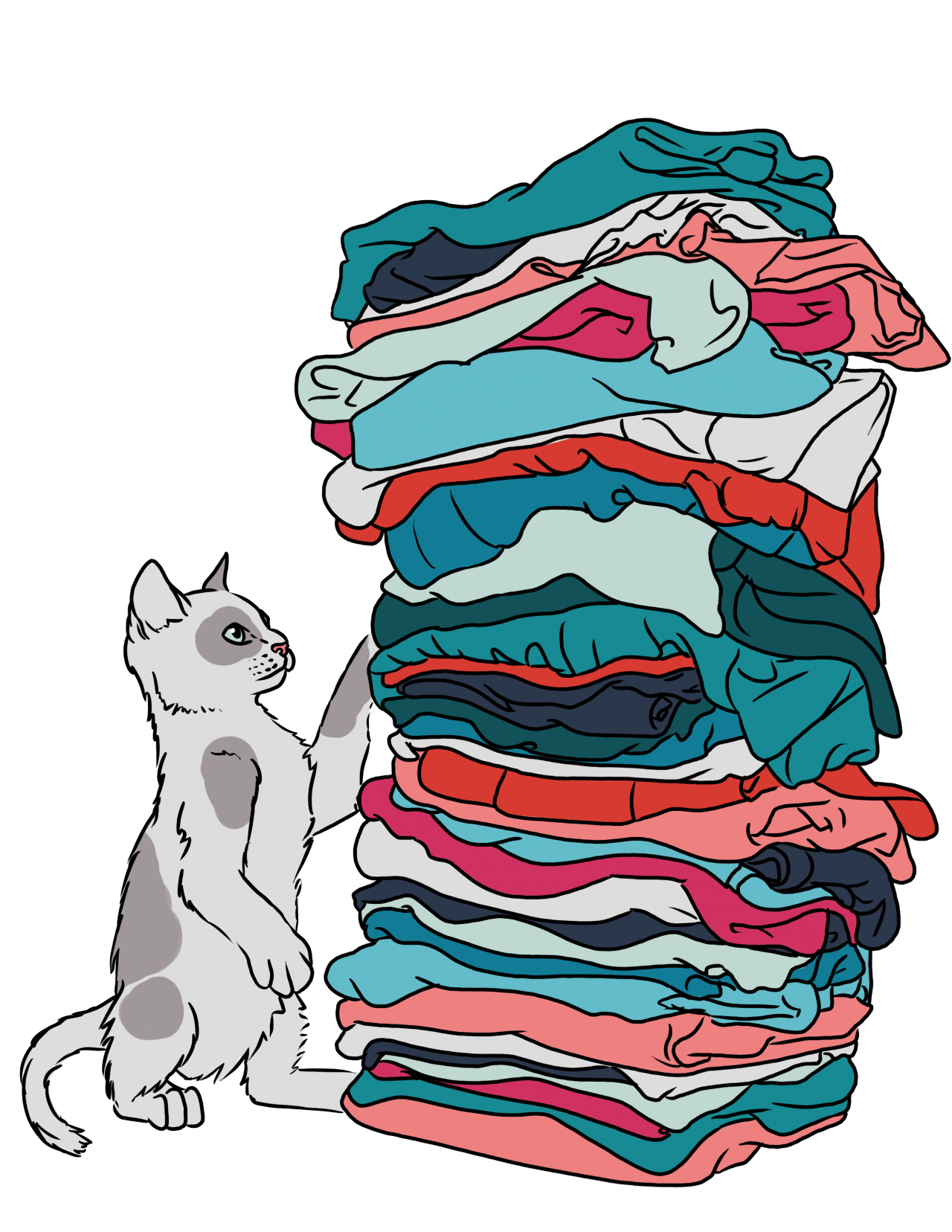
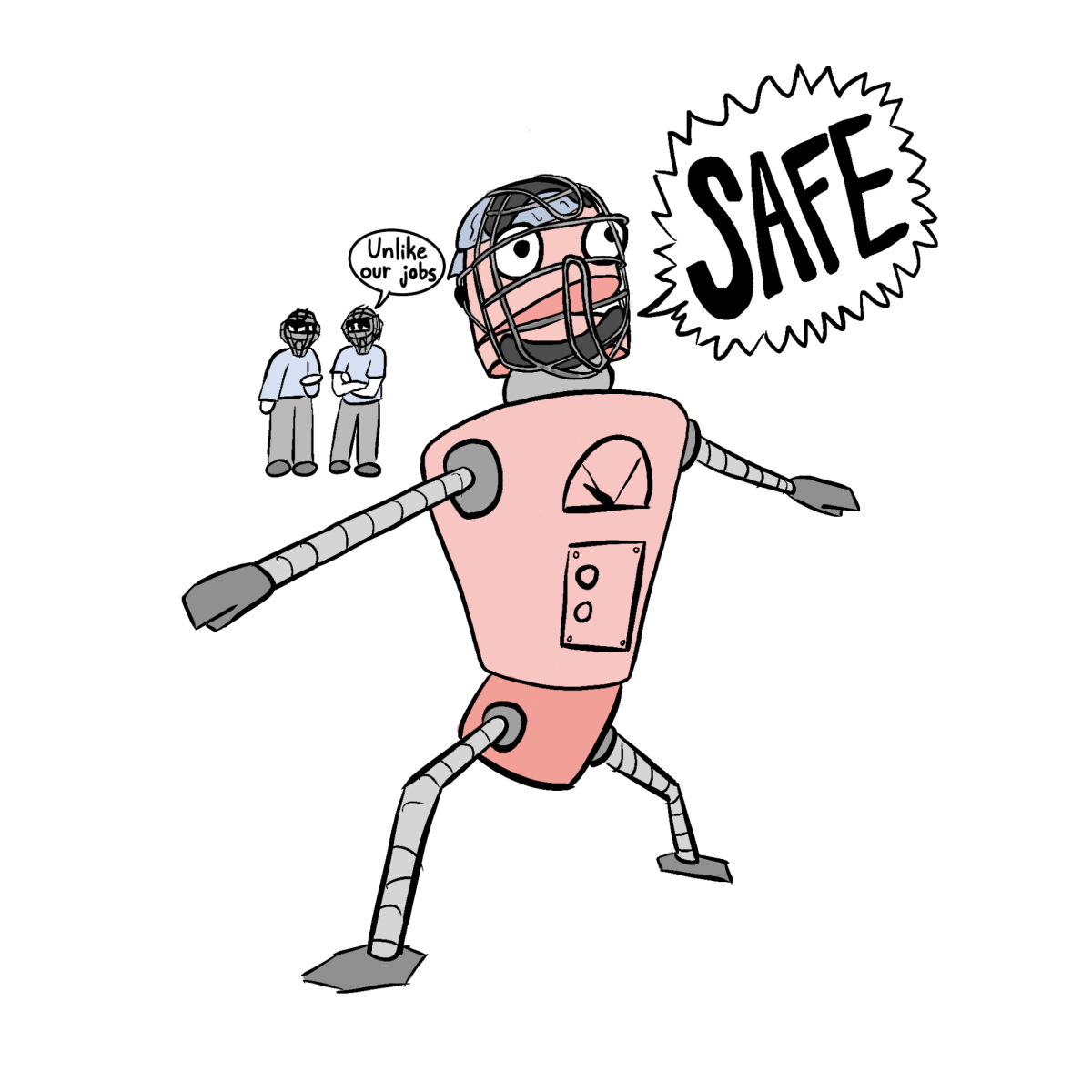
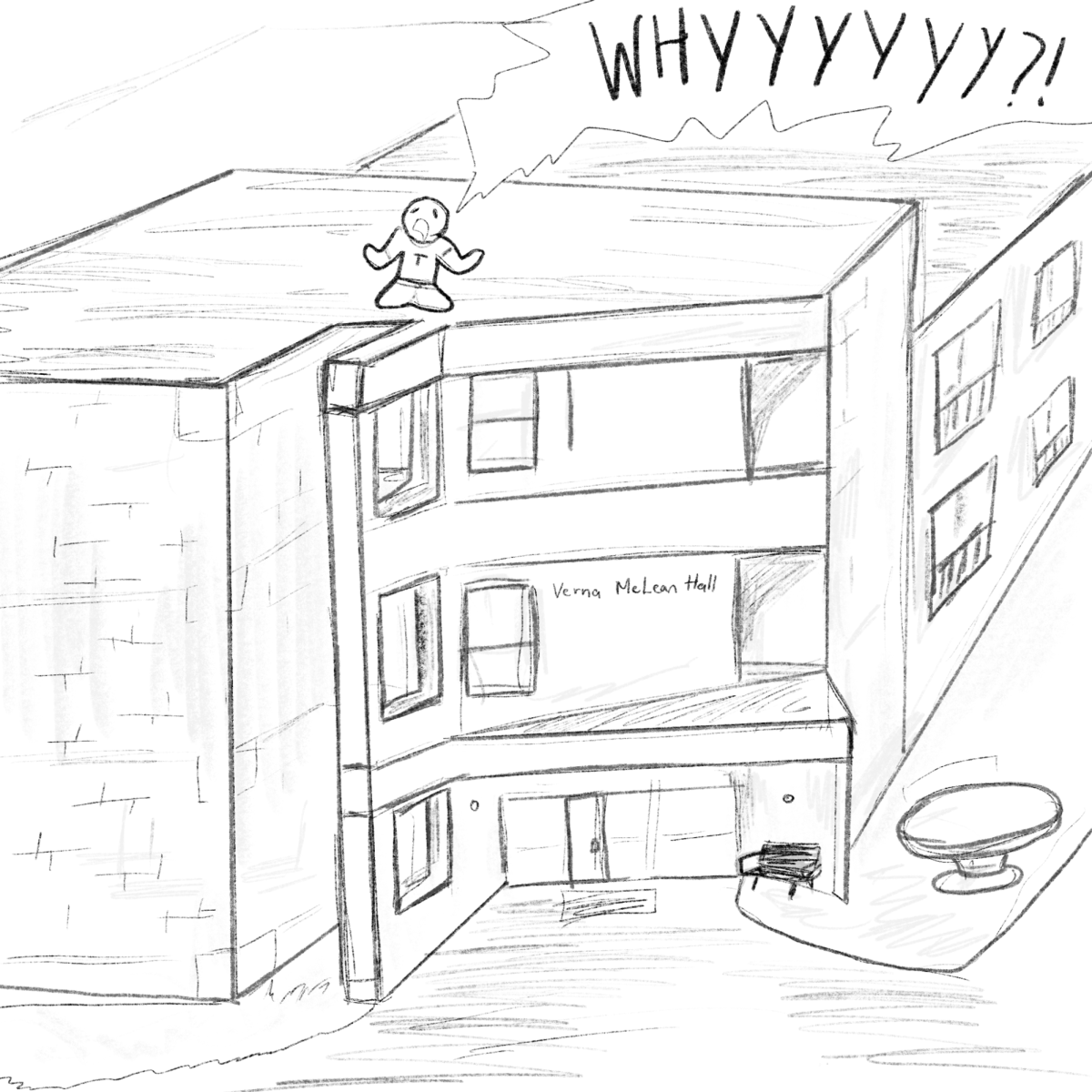
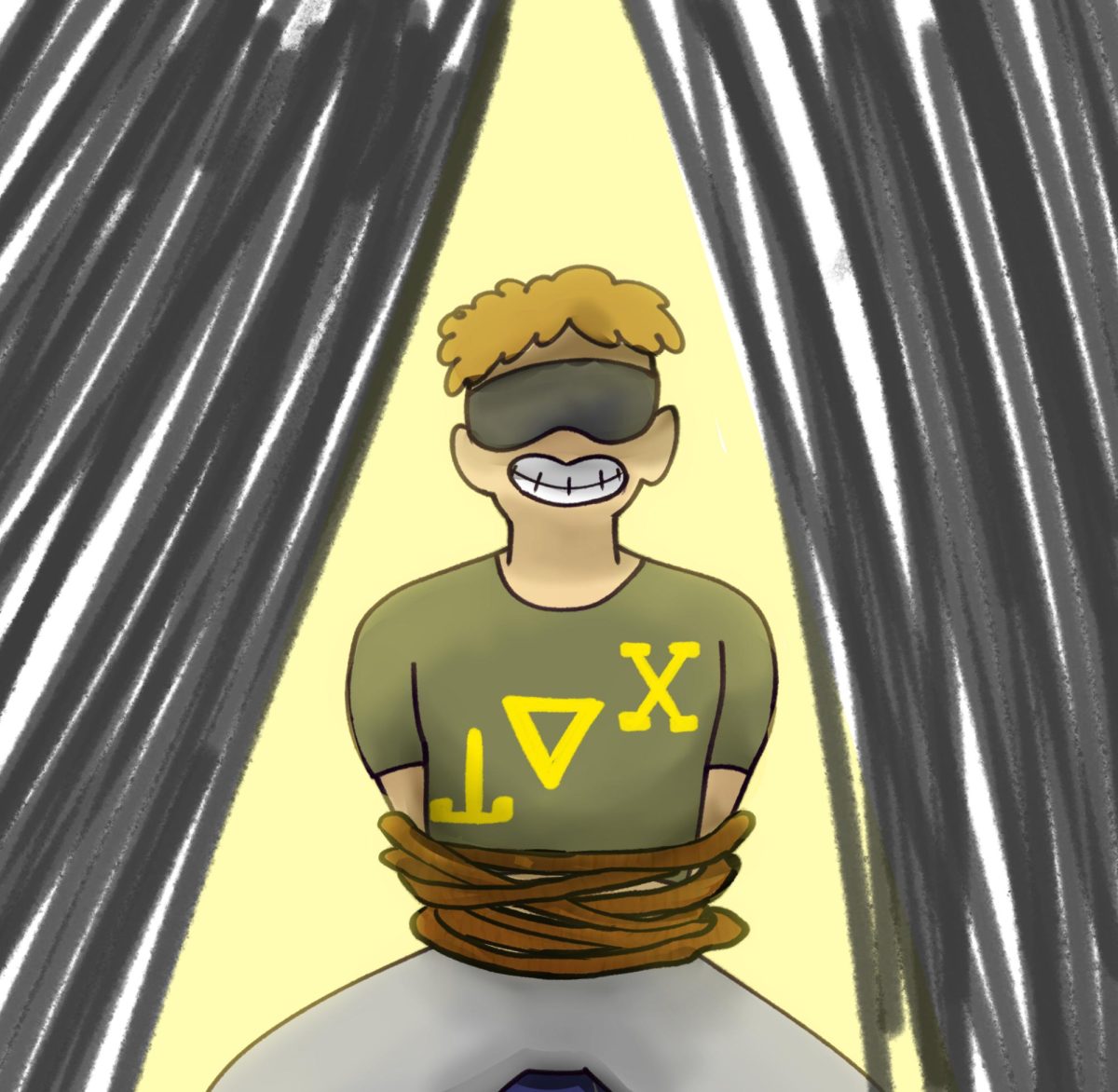

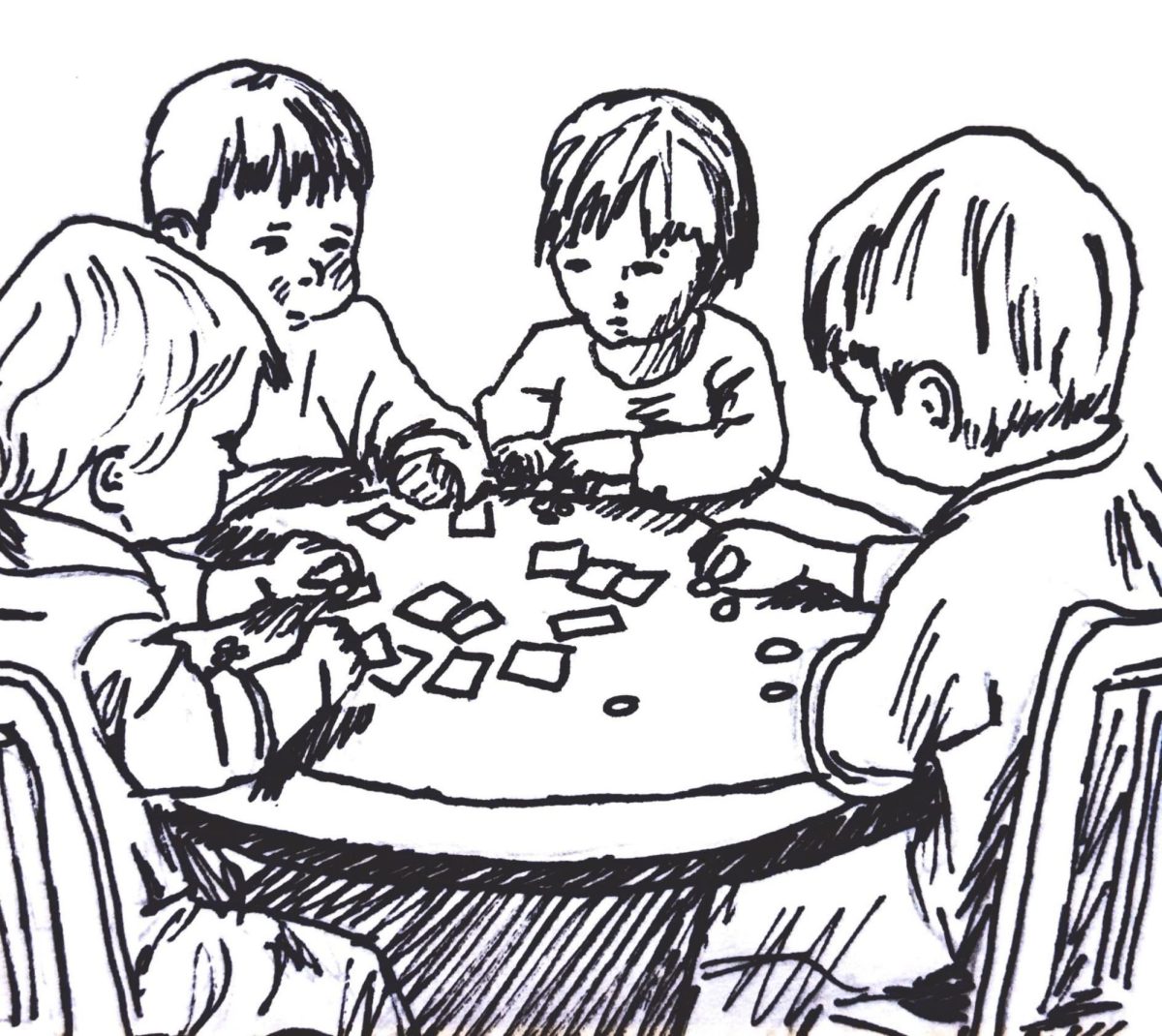
Raquel Gaytán • Mar 3, 2019 at 11:55 am
Well said Natalia Salas!! Could you share which are the best secondhand stores in San Antonio?